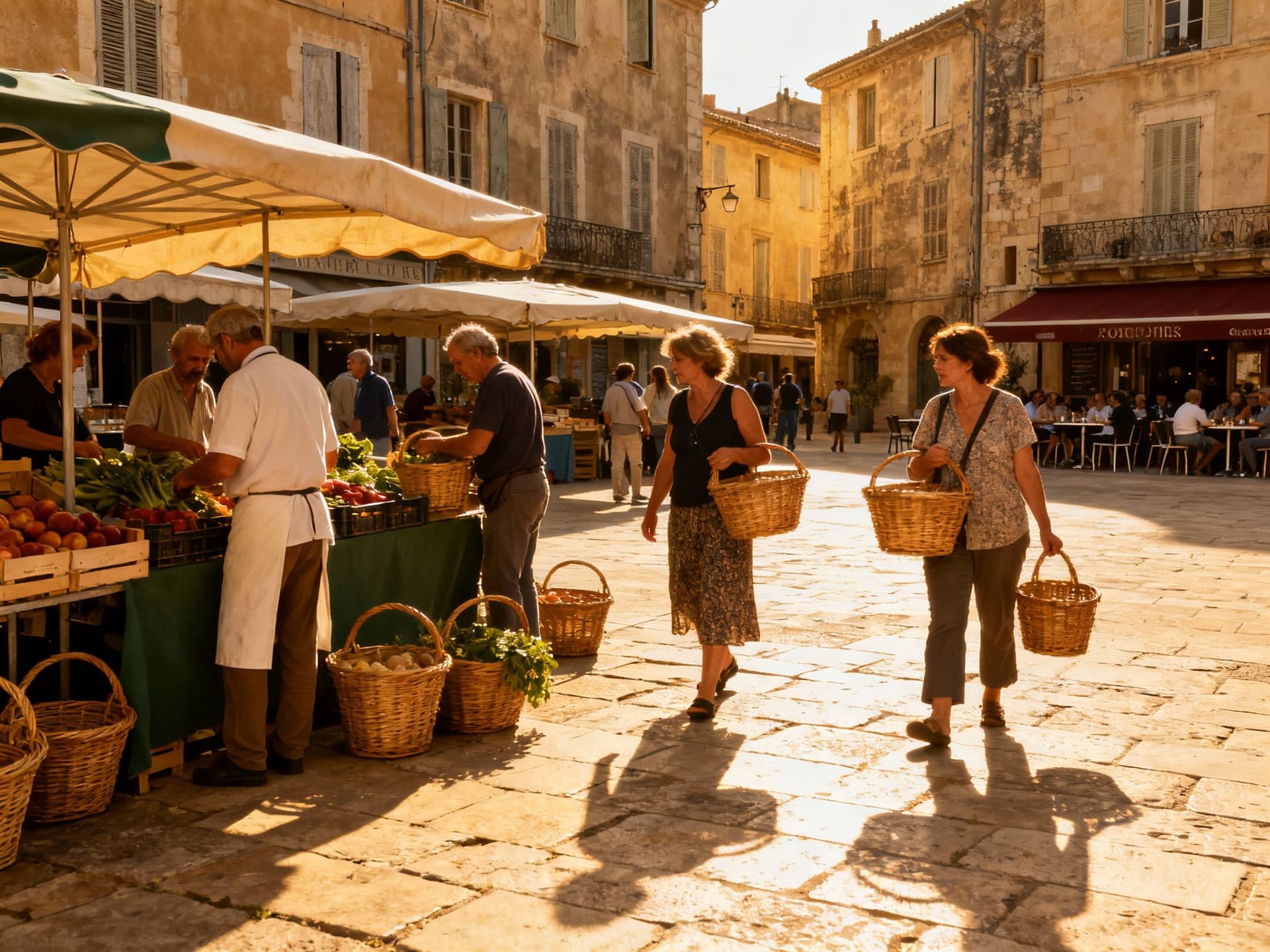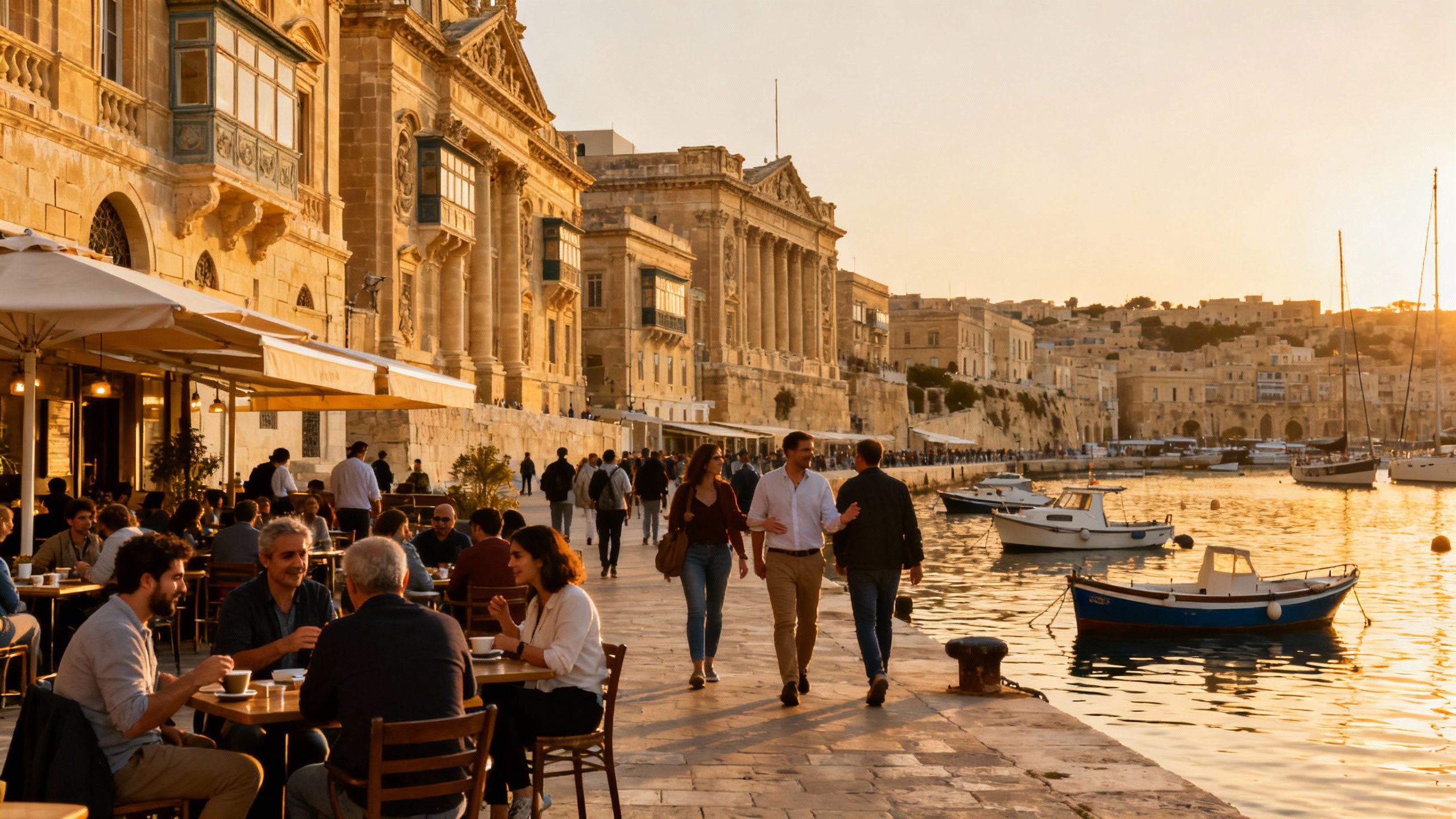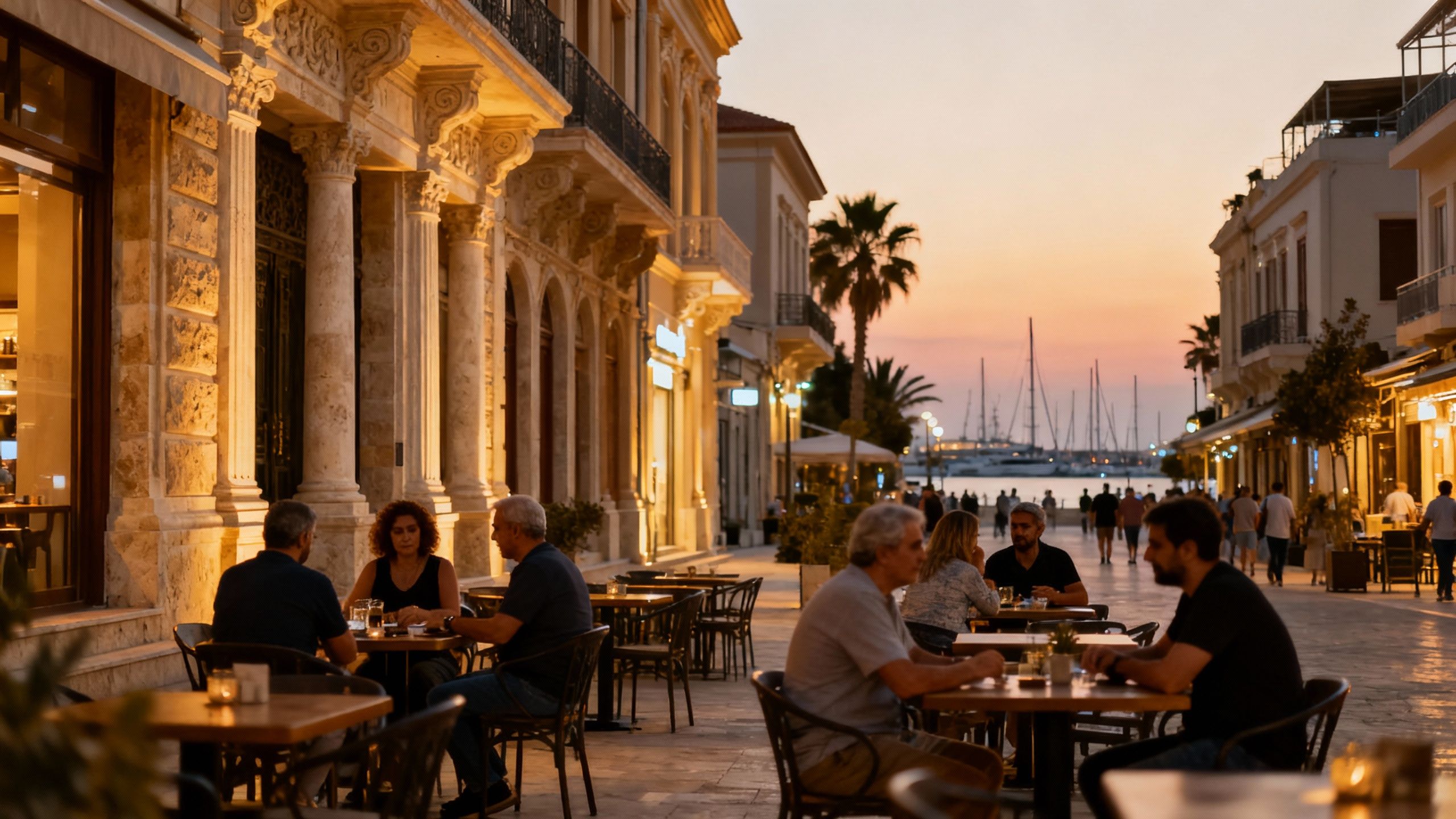Why Summer Visits Can Mislead Buyers in France
Summer seduction can mislead buyers; visit in shoulder months, check notarial data and local rhythms, and prioritise year‑round livability over peak impressions.
Imagine arriving in Provence on a July morning: cicadas hum, the marché overflows with figs and charcuterie, terraces are full and the coastal promenades glow. It is easy, then, to conclude that France is permanently languid, sunlit and expensive. That summer impression is persuasive — and occasionally misleading. For international buyers, the season you visit frames not only how a place feels but how you understand its market, community and everyday life.
Living the French Life (beyond the high season)

Daily life in France changes with the calendar. In Paris mornings begin with a brisk walk to a boulangerie on Rue Cler or Rue Montorgueil; in Marseille neighbourhood markets smell of sea salt and grilled sardines; in the Luberon a late‑afternoon pace slows to an unrushed marché and a thorough aperitif ritual. The year‑round rhythm — school runs, local associations, municipal fêtes — is what anchors communities, not the tourist swell that arrives for June to August.
Neighbourhoods that change with the seasons
Some streets feel different in July than in November. Antibes’ waterfront and Juan‑les‑Pins hum with international visitors and yacht traffic in summer, while narrow Provençal lanes such as Rue du Dr Rostan reveal local life in shoulder months. Likewise, Paris’s Marais is lively year‑round, but arrondissements like the 16th or 19th show their community character most clearly outside peak tourism periods.
Food, markets and seasonal identity
Culinary life in France is a calendar: asparagus in spring, truffles and chestnuts in autumn, citrus and oysters in winter along the Atlantic. Markets in Lyon’s Croix‑Rousse or Nice’s Cours Saleya are local theatres where producers and neighbours set the tone for daily life. Buying after experiencing a market in its proper season gives a truer sense of neighbourhood identity than a single hot‑weather visit.
- Lifestyle highlights to observe off‑season
- Early morning market on Cours Saleya (Nice) — local vendors, regulars and an authentic rhythm
- Weekday cafés on Rue Cler (Paris) — where neighbours linger and municipal life reveals itself
- Autumn harvest events in Bordeaux communes — small‑town social calendars and vineyard stewardship
Making the Move: Practical considerations

The picturesque summer snapshot can obscure practical realities: market seasonality, transaction rhythms, and the presence (or absence) of year‑round residents. Notarial data shows foreign buyers account for a small, concentrated share of transactions and local demand drives prices in many regions; Paris and the Côte d’Azur behave differently to rural Dordogne or Creuse. Timing a purchase to coincide with off‑peak market activity often reveals motivated vendors and a clearer picture of running costs and community life.
Property styles and how they shape daily life
A Haussmann apartment in Paris offers a different domestic grammar from a stone Mas in Provence or a Belle Époque villa on the Riviera. Consider sunlight orientation, winter heating needs, provenance of materials and maintenance of artisan features — shutters, wrought iron balconies, exposed beams — all of which affect livability outside the tourist season. The right property type anticipates how you will live in January as well as July.
Working with local experts who understand seasons
A local agency or chasseur immobilier who knows municipal rhythms, seasonal tenancy patterns and the cadence of renovations is invaluable. They can arrange viewings in different months, introduce you to community figures, and advise on maintenance costs that only become visible in winter. Look for advisors who cite local registers, municipal planning timelines and notarial indices rather than relying solely on summer impressions.
- Steps to evaluate a property beyond summer
- Visit in a shoulder month (April/May or September/October) to assess year‑round community presence and local services.
- Ask for utility bills and heating records for the previous three years to understand winter costs and insulation performance.
- Meet neighbours or local shop owners to judge neighbourhood cohesion and daily conveniences beyond tourism.
- Request a list of recent works and planning permissions from the mairie; seasonal planning impacts restoration schedules and costs.
Insider knowledge: what expats wish they’d known
Expat experience often begins with romance and a market tour in sunlit months, then settles into the work of making a life there. Many buyers say they underestimated how much community life — school schedules, local associations, winter markets — would shape their daily satisfaction. Others discovered better value by buying in spring or autumn when motivated sellers and clearer service patterns reduced friction.
Cultural integration and practical social cues
Learning a few local customs — the cadence of greetings, municipal fête calendars and shop opening hours — deepens integration more than language fluency alone. Locals often judge seriousness by how long you spend in a place across seasons; engaging in winter events or harvest festivals signals commitment and opens doors to trusted craftsmen and community networks.
Long‑term lifestyle and stewardship
France rewards patience. Investments made with regard for provenance, conservation and neighbourhood continuity tend to retain value. Consider the responsibility of stewardship — authentic restorations, conserving local materials and supporting municipal heritage plans — as part of the purchase rationale rather than an optional extra.
- Red flags visible in summer that deserve further checks
- A noisy, tourist‑only street that is deserted outside season — check winter footfall and resident numbers.
- Landscaped gardens that look lush in July but have poor irrigation — ask for water usage records and drought resilience plans.
- Short‑term rental income estimates based on peak months — request annualised figures and high/low season occupancy rates.
Conclusion: Fall in love with the place, verify the life. Summer provides an easy introduction to France; shoulder months and winter reveal its character. Combine seasonal visits with documented local data — notarial indices, demographic trends and municipal records — and work with an adviser who values provenance and community as much as price. When you buy with an eye to year‑round living, the property becomes not a holiday snapshot but the setting for a durable life.
Former Copenhagen architect who relocated to Provence, offering relocation services, market analysis, and a curator’s eye for authentic regional design.


